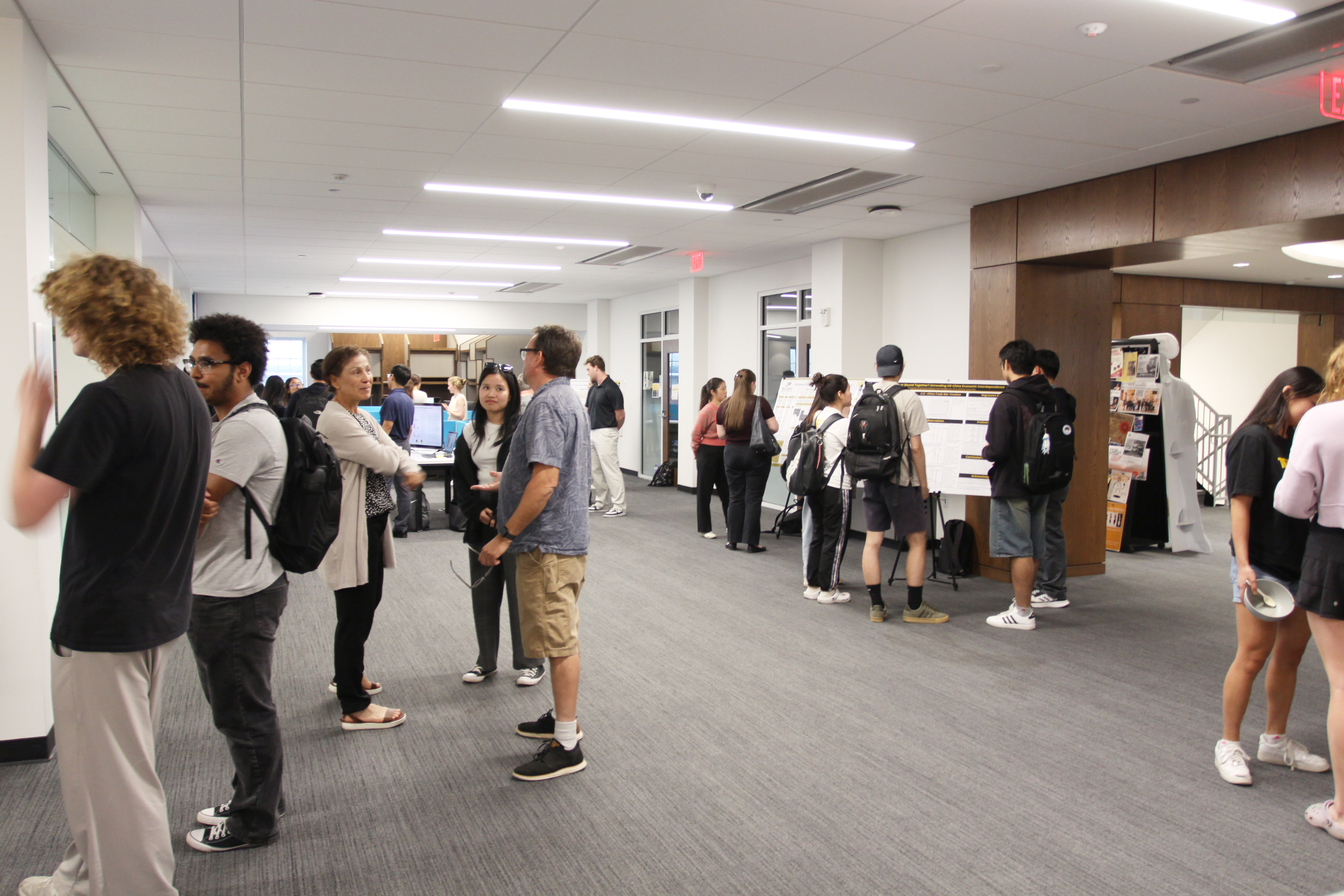Files
Download Full Text (10.0 MB)
Document Type
Poster
Publication Date
Fall 10-6-2023
Abstract
This research paper explores the relationship between culture and architecture in the Late Bronze Age through the analysis of the Minoan and Mycenaean communities, with the focus on the latter. Drawing on the theories of “The Production of Space” by Henri Lefebvre and “Space and Place” by Yi-Fu Tuan, the study examines how these communities utilized space to construct their own unique sense of place. By analyzing most archaeological evidence from palaces and burial customs presented in Eric H. Cline’s The Oxford Handbook of The Bronze Age Aegean and Cynthia W. Shelmerdine’s The Cambridge Companion to the Aegean Bronze Age, the paper investigates how cultural values, beliefs, and practices shaped the architectural expressions of these societies. In particular, the Minoan and Mycenaean incorporated religious, economic, and political meanings to build their own places. The Minoan embodied the manifestation of utopian ideals in their palaces, simultaneously fostering a sense of attachment to their homeland among the populace. Similarly, the Mycenaean megarons reflected a deliberate construction of social hierarchies, where exclusive banqueting areas underscored the privileged access of the elite to opulent spaces. As seen in the spatial layout of the palaces, spaces were not just physical entities but carriers of narratives, narrating stories of governance, social strata, and communal beliefs. This interplay of architecture, archaeological evidence, and literary works like the Odyssey unveils the rich and intricate spatial narratives of ancient civilizations, casting light on the human experience that contributed to the creation of their unique places. Through the interdisciplinary analysis of archaeological evidence, theoretical frameworks, and literary sources, this research paper contributes to a better understanding of the intricate relationship between culture, architecture, and space. It highlights the significance of spatial experiences in shaping identity, belonging, and the construction of a sense of place within Late Bronze Age societies.
Department
Classical Studies, DePauw University
Project Mentor
James Wells, PhD
Recommended Citation
Le, Linh, "Spatial Narratives in the Bronze Age" (2023). Annual Student Research Poster Session. 135.
https://scholarship.depauw.edu/srfposters/135




Funding and Acknowledgements
Funding provided by the J. William Asher and Anne F. Harris Endowed Fund in the Humanities, Douglas and Mary Hallward-Driemeier Fund